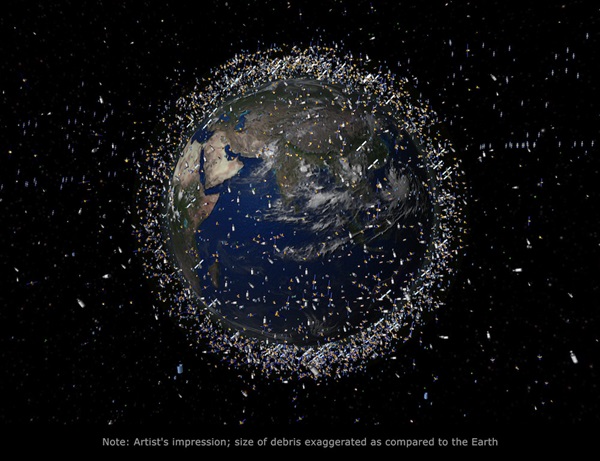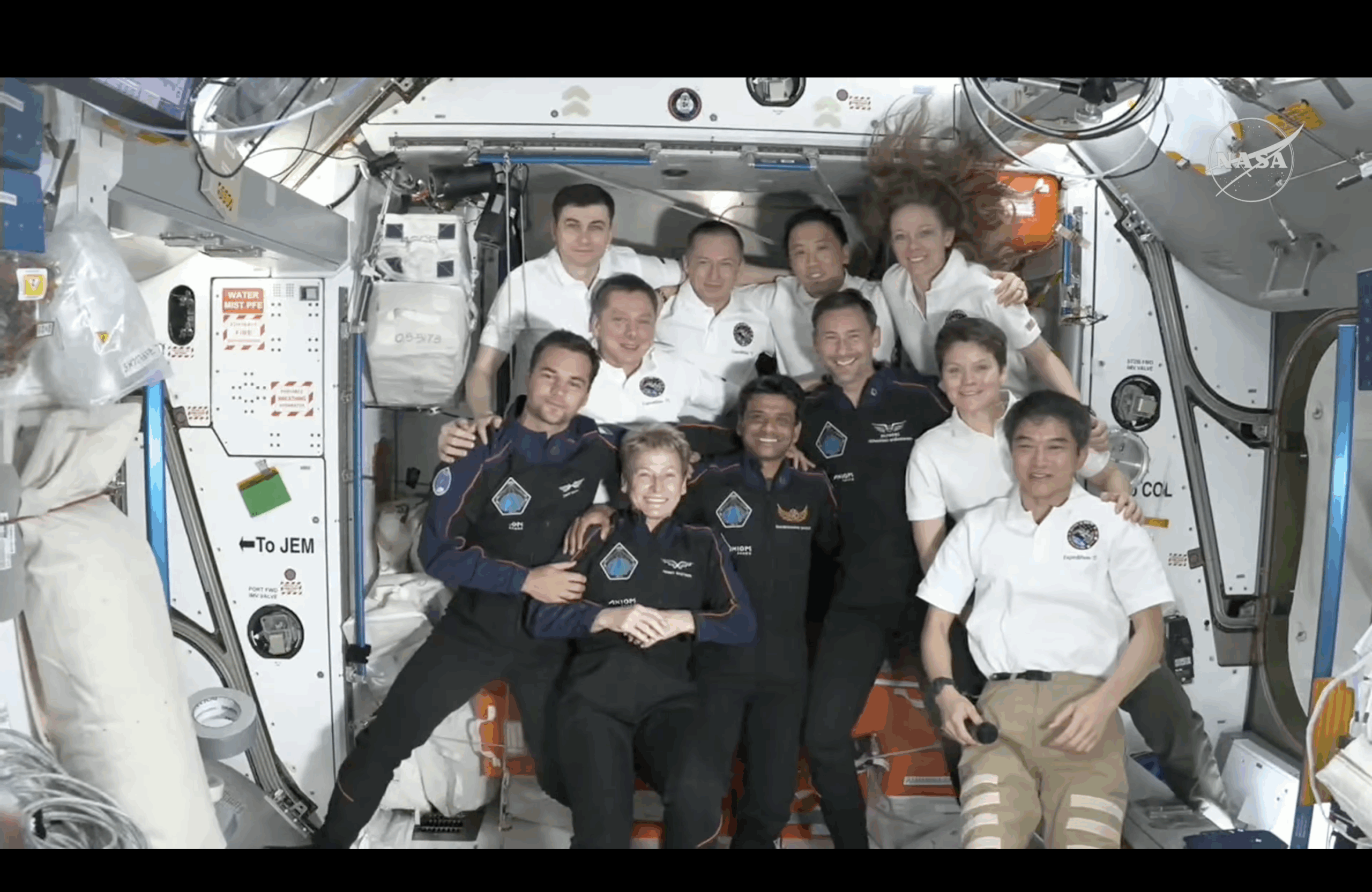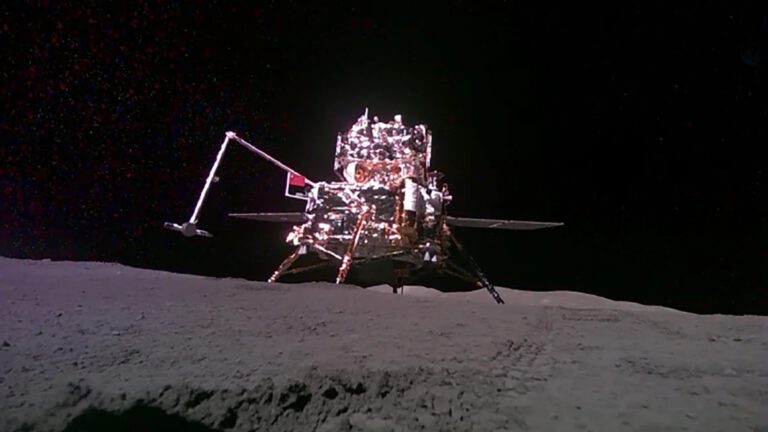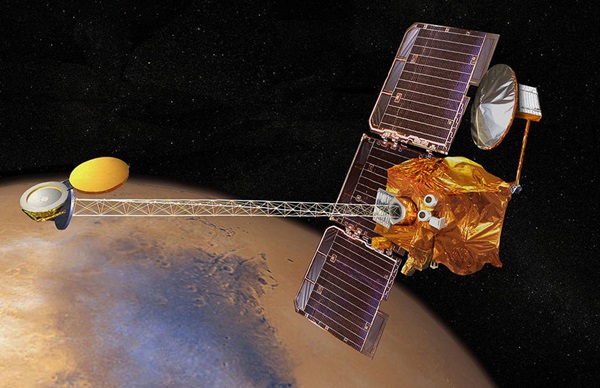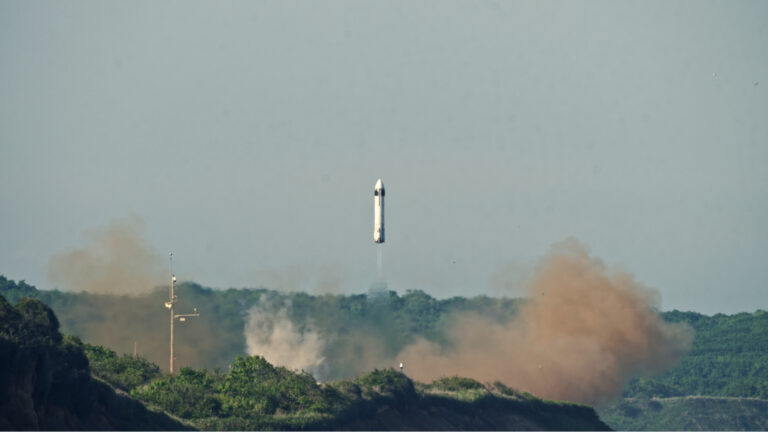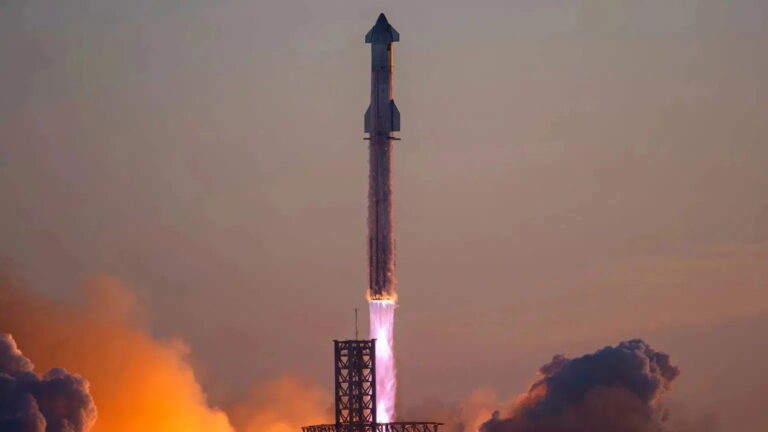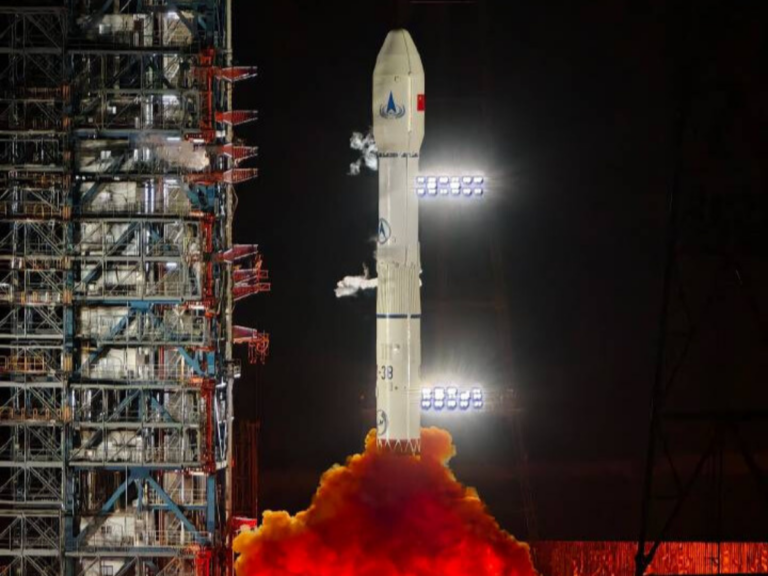In the past few years, astronomers have raised concerns about the growing number of satellites being launched — especially the megaconstellations launched by companies like SpaceX. When satellites streak overhead, they can disrupt naked-eye observing and astrophotography, as well as observations by professional telescopes.
Now, a paper published online March 29 in the Monthly Notices of the Royal Astronomical Society highlights another concern: Even when satellites and other objects in orbit are too dim to be resolved by the naked eye, they collectively scatter enough light back into the atmosphere that it produces a diffuse glow similar to light pollution from cities.
According to the researcher’s calculations, this light pollution from satellites and other small objects in orbit, such as debris and particles, can increase the natural sky brightness by 10 percent — a threshold that the International Astronomical Union (IAU) warned in 1979 was too high for astronomical observatories — when overhead.
Light pollution
As any astronomer knows, amateur or professional, the key to seeing much of the cosmos is dark skies. That’s why modern ground-based observatories are built in remote locations — like the Vera C. Rubin Observatory atop the peak of Cerro Pachón in Chile. And it’s also why many backyard observers travel far from city lights to get the best views of the sky possible. But if artificial skyglow really brightens the atmosphere as much as this new research suggests, it could be impossible to avoid, even far from any standard sources of light pollution like streetlights.
Not to mention the number of satellites is only increasing — as will their artificial skyglow. SpaceX has already launched more than 1,300 satellites and has licenses to launch tens of thousands more. And they’re not the only company in the game; Amazon is also planning their own satellite internet service for consumes.
SpaceX has responded to some of these concerns by attempting to reduce the reflectivity of its Starlink satellites. Observations by Rubin researchers published last year found the darker satellite model is dimmer than its predecessors by about one full magnitude — down to magnitude 6.1, right at the threshold of naked-eye observation. Still, this new research shows that even when satellites are invisible to the naked eye, they can significantly brighten the background sky.
As for next steps, the team’s satellite skyglow calculations now need to be verified by observations. The authors write that long-term observing campaigns should be carried out at dark sites to understand how satellite megaconstellations will affect research — and everyone’s ability to gaze upon the wonders of the night sky.

